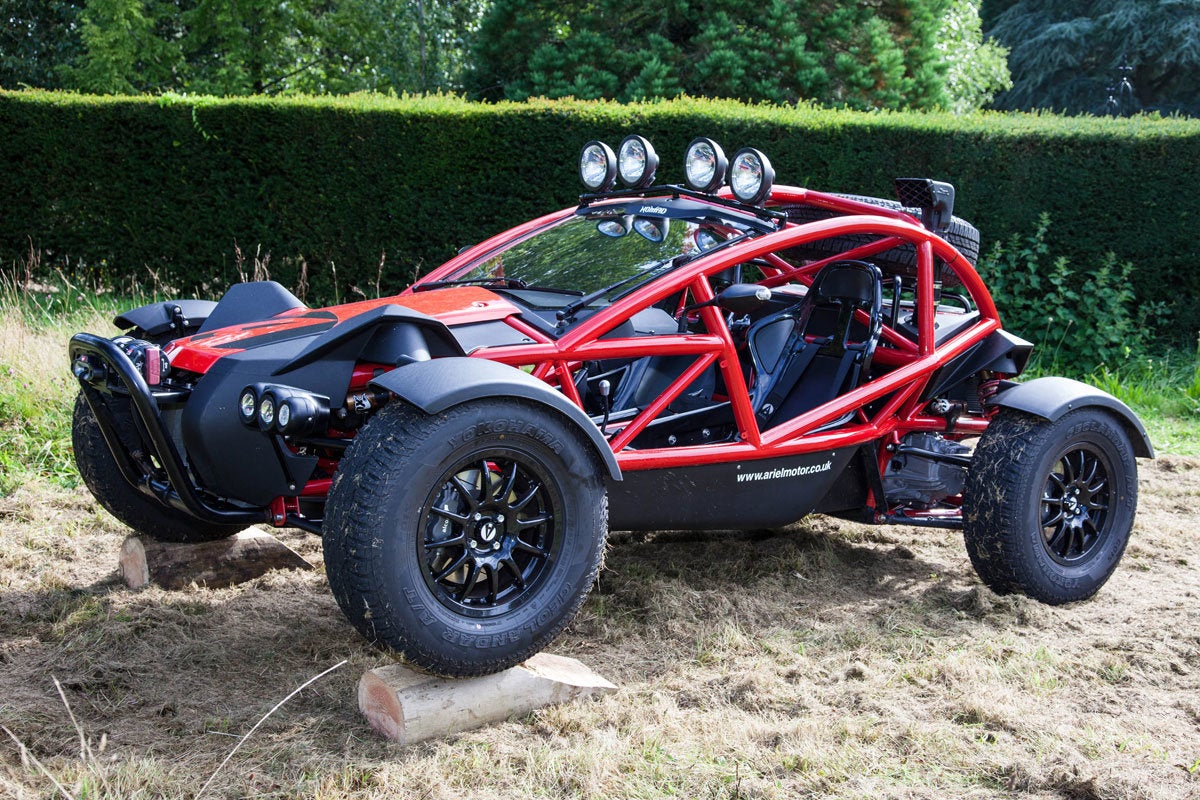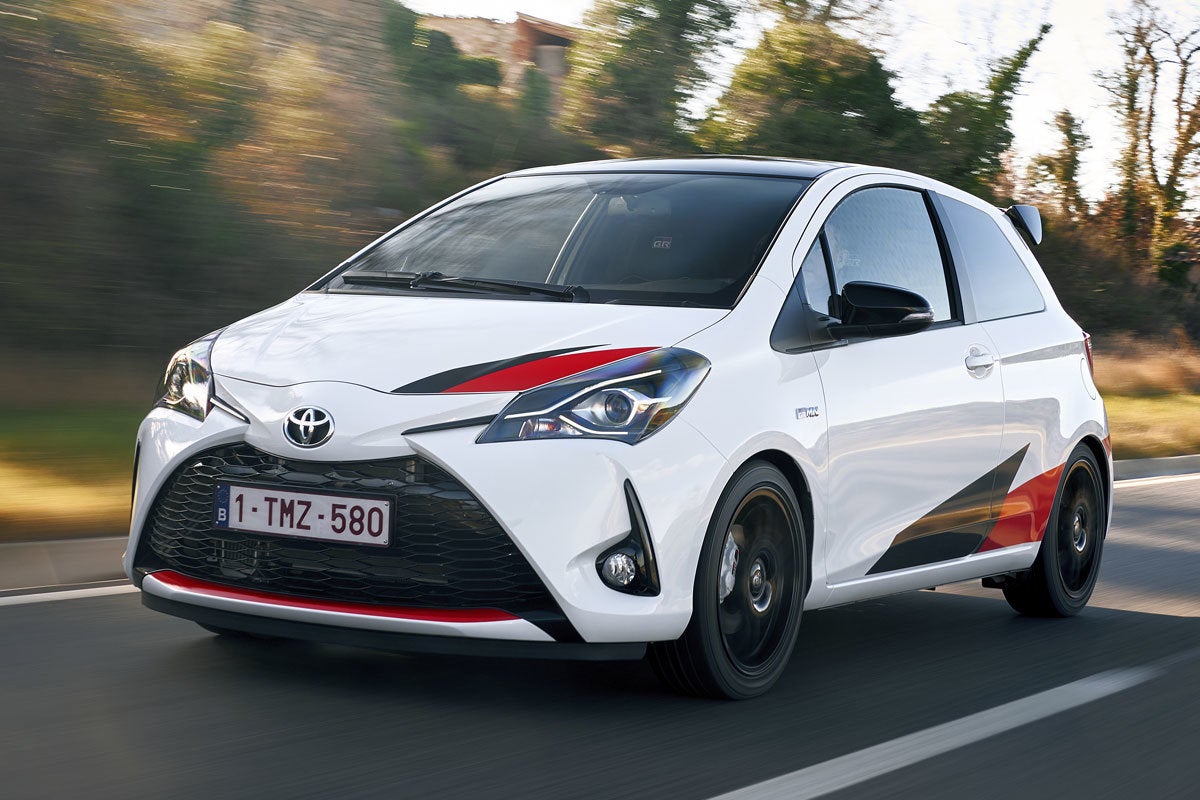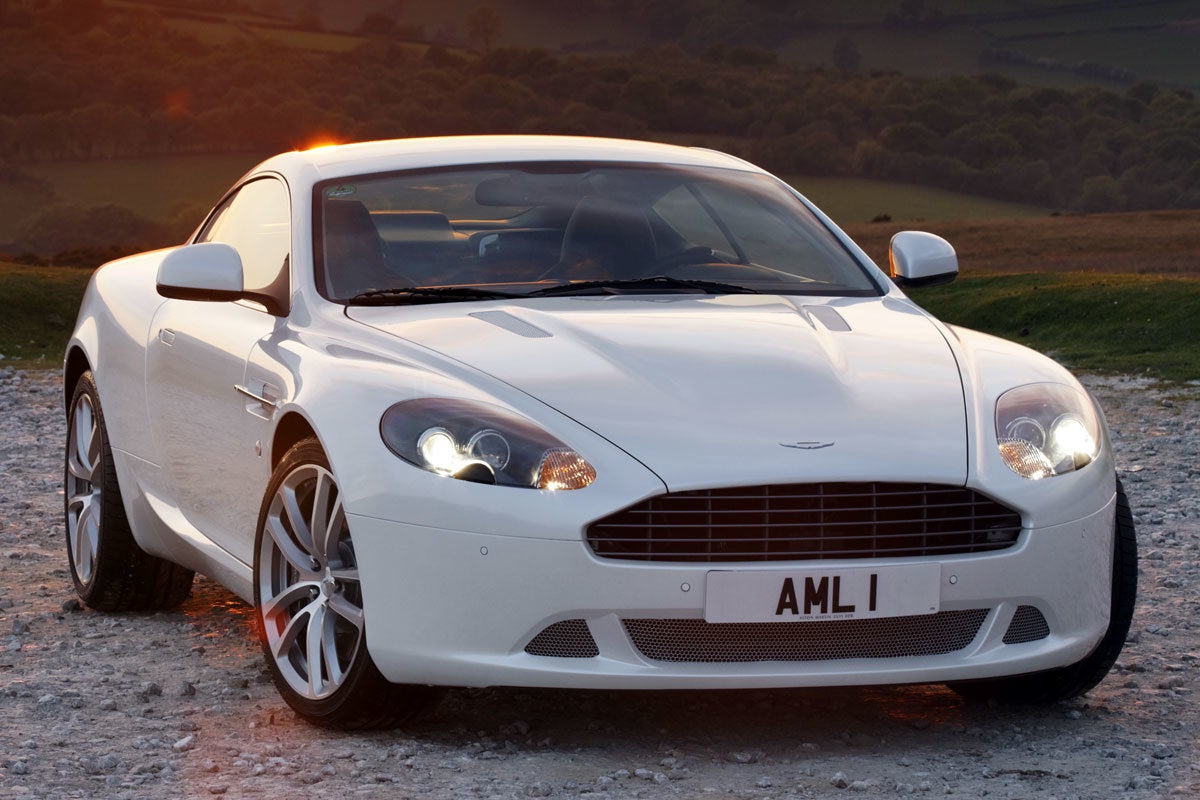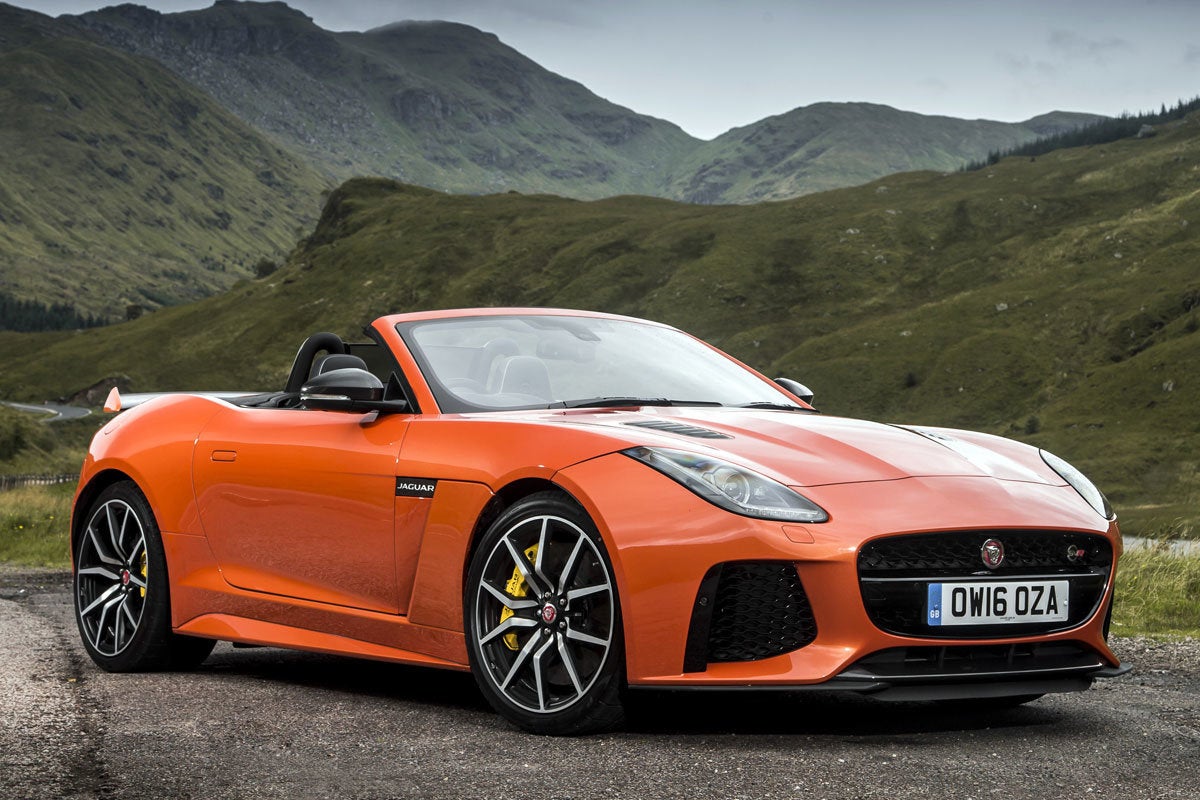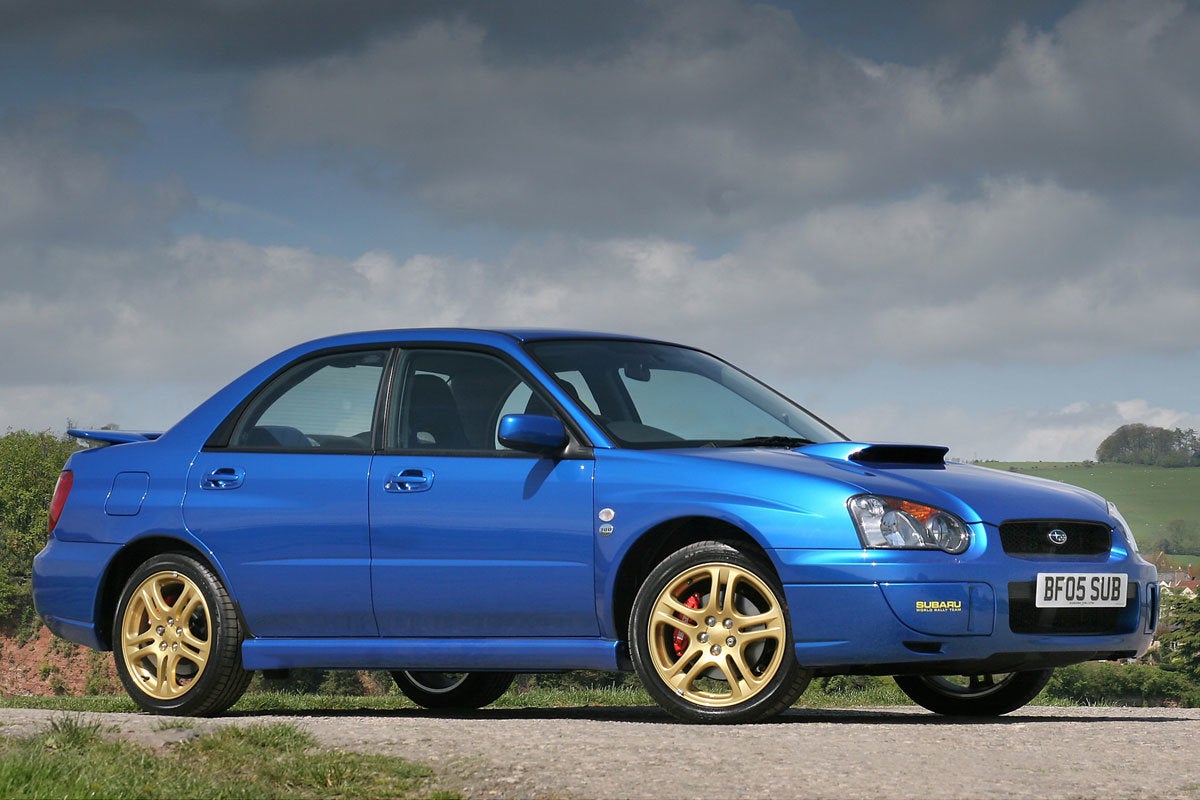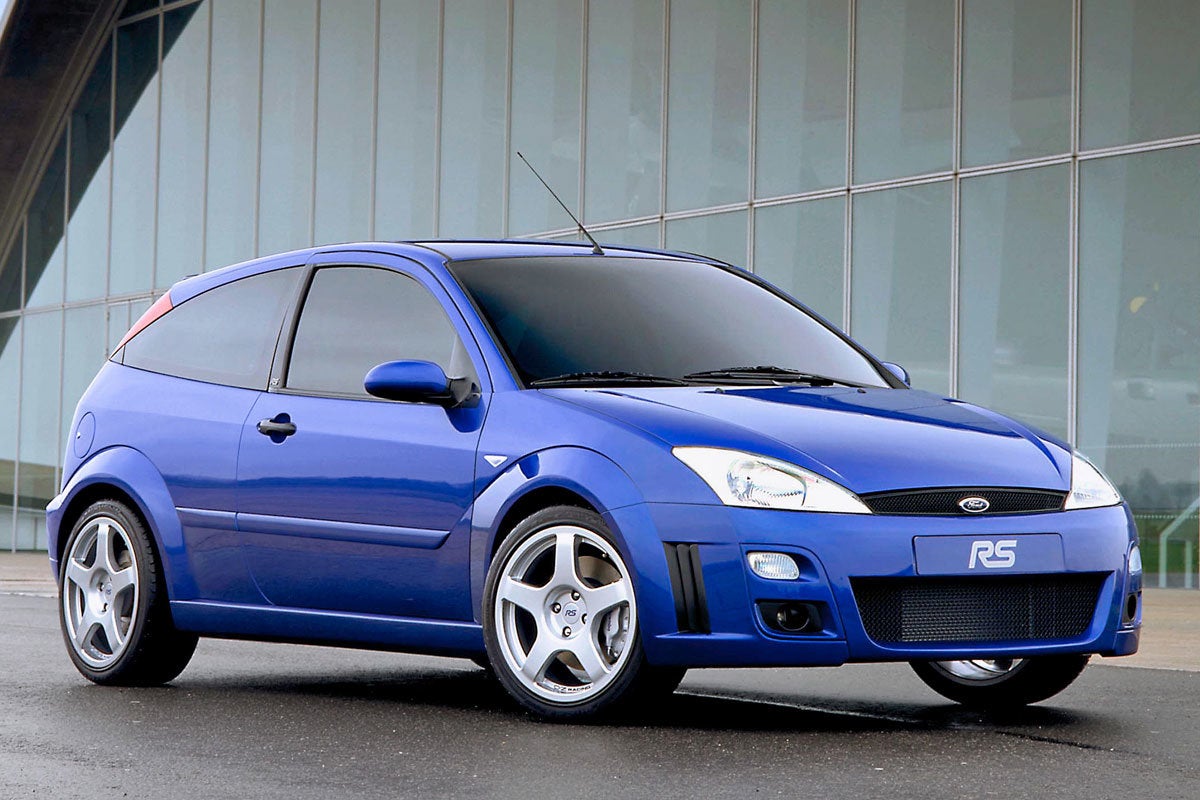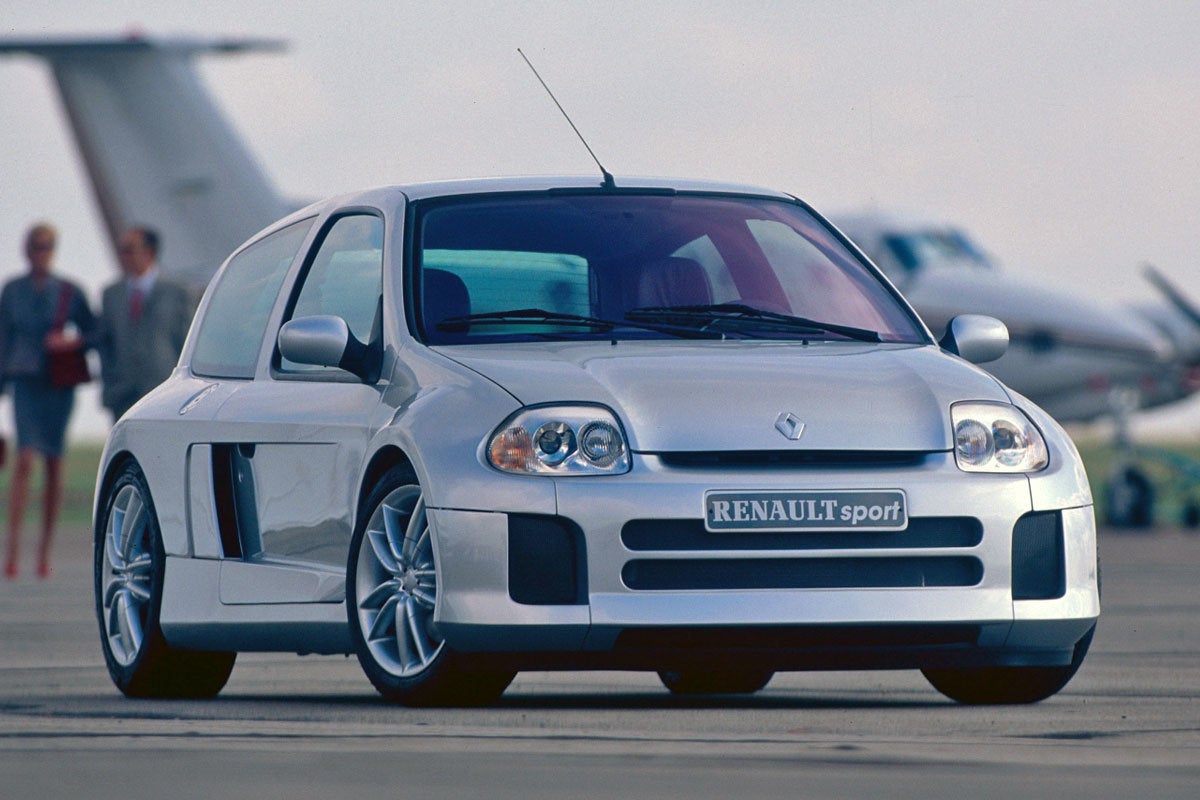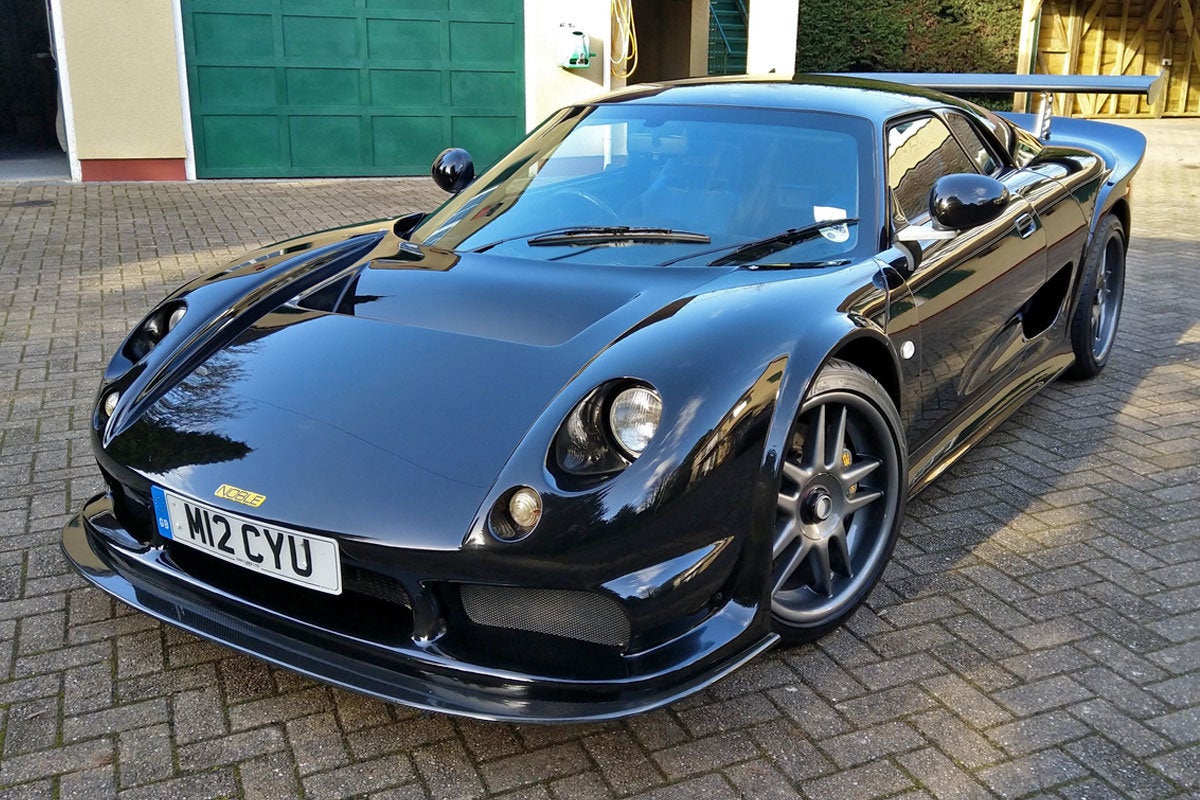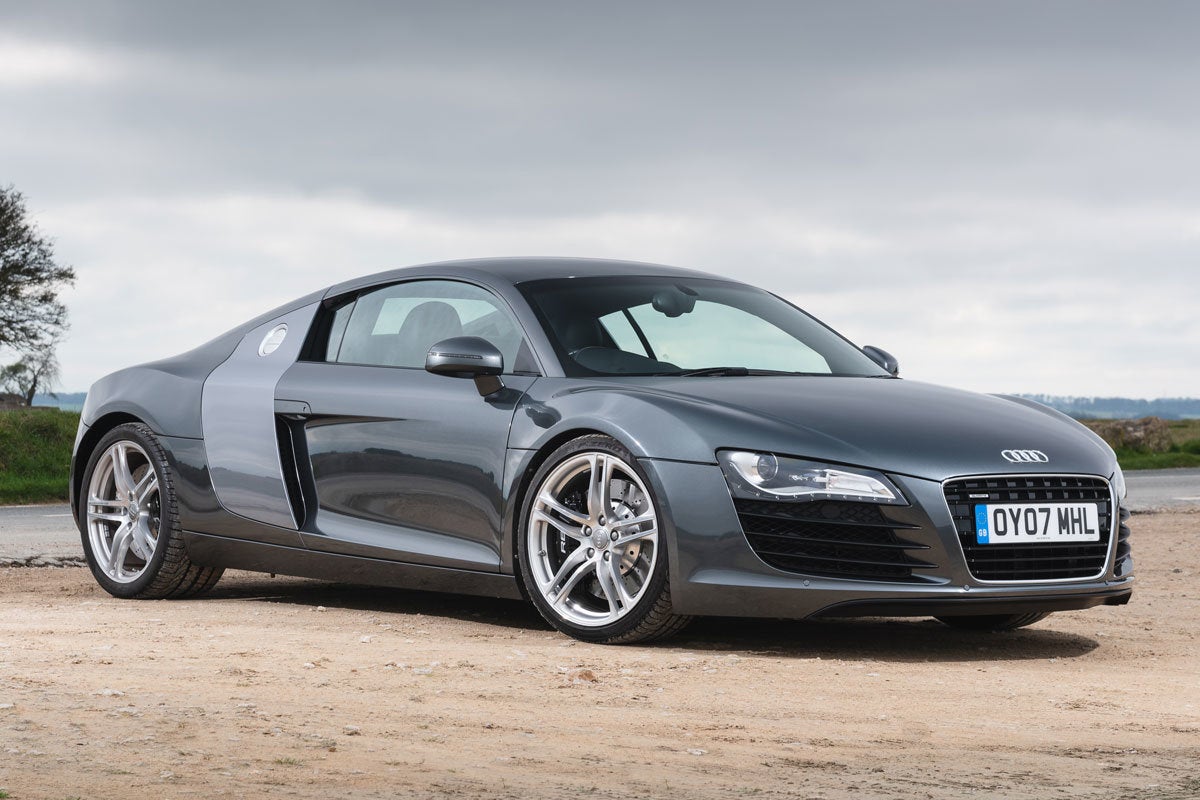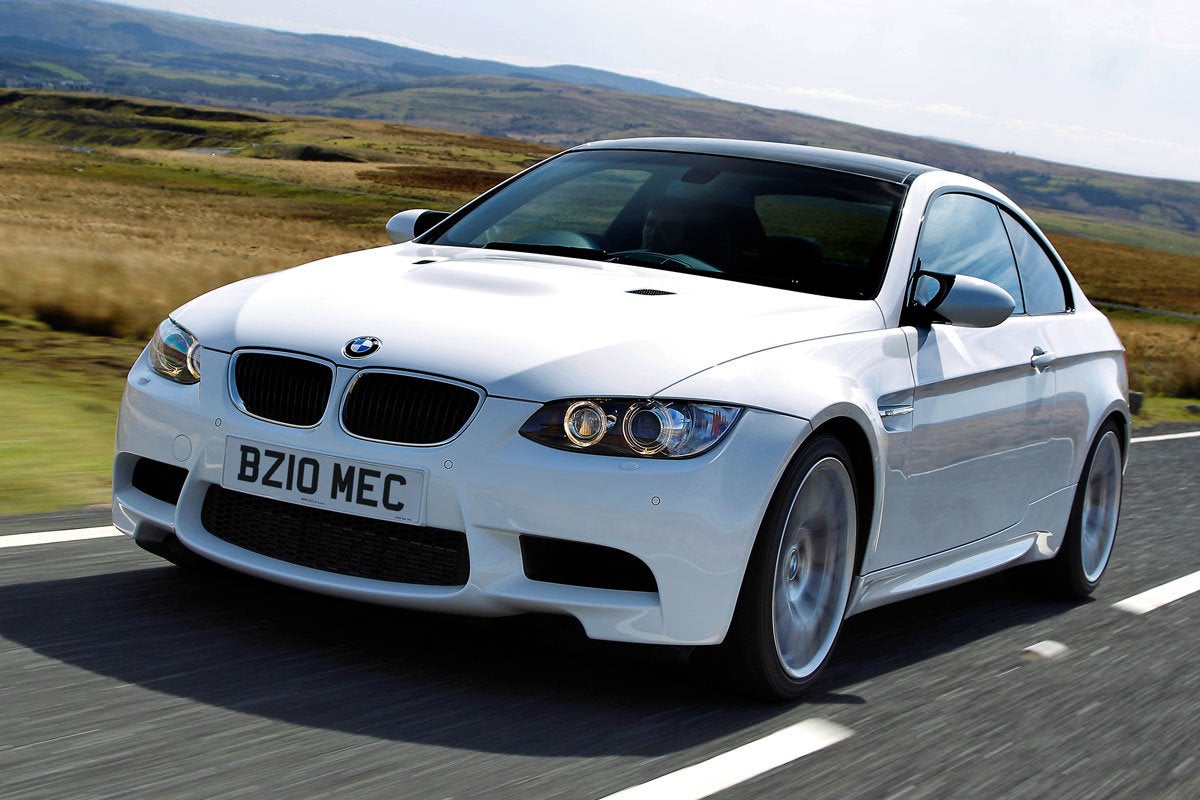If you’re considering buying something special, such as a weekend car or a track toy, future values might be on your mind. Deprecation, after all, can play havoc with your overall outlay during ownership. A car might not cost much to run but, if it loses thousands in value while you own it, that’ll ramp up the total costs significantly.
Consequently, it’s worth trying to buy something that’ll resist depreciation as well as possible. This doesn’t mean buying a decades-old and effectively unusable classic, though, as you could instead buy a future classic. Something collectable, particularly desirable and perhaps produced in low numbers. Doing so doesn’t guarantee you’ll avoid hefty depreciation, but it should help stave off the worst and minimise the risk.
In rare instances, you might even get lucky and end up with a car that appreciates slightly. Admittedly, however, that appreciation is often completely outweighed by the cost of ownership but, nevertheless, it’s better than losing money. And, because the car is comparatively modern, you should be able to use and enjoy it without major grief. So, if you’re thinking about sinking some money into an interesting car, here are ten recommendations for future classics.
The Top 10 Future Classics to Buy in 2021
- 10. Ariel Nomad (2015-)
- 9. Toyota Yaris GRMN (2017-2018)
- 8. Aston Martin DB9 (2004-2016)
- 7. Jaguar F-Type SVR (2017-2020)
- 6. Subaru Impreza WRX (2002-2007)
- 5. Ford Focus RS (2002-2003)
- 4. Renault Clio Renault Sport V6 (2000-2005)
- 3. Noble M12 (2000-2008)
- 2. Audi R8 (2007-2014)
- 1. BMW M3 E90/E92 (2007-2013)
10. Ariel Nomad (2015-)
Finding good driving roads can be challenging, especially given the ever-worsening condition of much of the UK’s Tarmac. You don’t necessarily want a car to offer just high-speed thrills, either, as you might never get to exploit its capabilities on public roads.
Ariel’s Nomad, however, offers fun in a variety of different conditions, be it just cruising down the road, hacking across country or exploring local byways. This is in part thanks to its long-travel suspension, tall tyre sidewalls and good ground clearance, which mean you need not be afraid of bumps, potholes or more challenging terrain.
It’s pretty darned quick, too. The Nomad’s powered by a 2.4-litre Honda engine that produces 235bhp, which is enough to slingshot the Ariel from 0-60mph in just 3.4 seconds. The Ariel also handles well, is beautifully built and produced in low numbers, aiding its collectability.
There’s an extensive array of personalisation choices and upgrades, too, allowing buyers to specify a Nomad to suit their exact desires. Just make sure to go for a car with the full front windscreen option, in particular, if you intend to use it regularly.
9. Toyota Yaris GRMN (2017-2018)
There’s a lot of noise surrounding the latest Toyota GR Yaris at the moment, and not unjustifiably so. However, if you’re not looking to spend that much and want something more collectable, you could go for the earlier Yaris GRMN.
While not as bespoke as the GR Yaris, only 400 Yaris GRMNs were built for the European market , making it a very collectable piece of machinery. It’s not just a Yaris with a few tweaks, though, as upgrades for the GRMN include a supercharged 1.8-litre engine, bespoke finishes and trims, Sachs shock absorbers, more powerful brakes and a Torsen limited-slip differential.
It’s a feisty little car and, because it weighs just 1135kg, its 209bhp engine can accelerate it from 0-62mph in a swift 6.4 seconds. And, because it’s a Toyota, you’ll be able to use and enjoy it without any concerns about reliability or durability.
What may also prove useful for some is that you can often get GRMNs from Toyota itself, via its used car scheme, granting you extra purchasing protection.
8. Aston Martin DB9 (2004-2016)
If you’re looking for something more evocative, and have a bigger budget, then you could opt for a DB9. It’s a large, elegant and comfortable car, which is ideal for touring, and it’s a gratifying and balanced coupe to drive. It’s not an out-and-out sports car, that said, but on sweeping roads it’s still a treat.
The real highlight, however, is its engine. Beneath its long bonnet sits a 5.9-litre V12 that produces more than 450bhp, granting a 0-60mph time of 4.7 seconds. It’s naturally aspirated, too, and sounds just as soul-stirring as you’d hope at full chat.
It’s a noteworthy car in other respects as well. For example, it was the first Aston to use the company’s new VH platform, and it was also an all-new car from the ground up. Values are sensible yet stout, too, and the increasing rarity of good examples means that a car in a good condition could be a very smart buy.
Buyers who want something a bit more sporting and manageable, however, could instead opt for an early V8 Vantage. Or, if you’d prefer a GT with a prancing horse on the bonnet, take a look at Ferrari’s increasingly popular 612.
Search for an Aston Martin DB9 on CarGurus
7. Jaguar F-Type SVR (2017-2020)
Older and more upmarket sports cars and grand tourers can make for appealing and appreciating buys, but there are some predictable caveats. Running costs can be higher, and reliability can be problematic, which can blunt your enthusiasm for actually using the car and enjoying it.
Consequently, if you’re seeking some high-performance thrills that are usable and reliable, have a look at the Jaguar F-Type SVR. It’s a stupendously powerful iteration of the F-Type, which features a supercharged 5.0-litre V8 that develops 567bhp, and the car can sprint from 0-60mph in just 3.5 seconds. And, if you go for the coupe version instead of the convertible, it’ll touch 200mph.
The SVR packs all-wheel drive, too, so you can deploy that power all year round with more ease, and it’s not a common car, either. Good examples still cost a substantial chunk of change, and depreciation is still a factor, but it’s not as prominent as it is elsewhere.
If you’re looking to spend £6000 instead of £60,000, however, take a look at a Nissan 350Z , because presentable, unmodified examples are increasingly few and far between.
Read our expert review of the Jaguar F-Type
Search for a Jaguar F-Type on CarGurus
6. Subaru Impreza WRX (2002-2007)
There have been lots of variants of the second-generation Impreza, ranging from the undesirable naturally aspirated GX models through to cars such as the limited-edition turbocharged WRX UK 300.
A low-mileage and smart example of a higher-performance Impreza is a good buy, especially if it’s standard, and they’re still quick cars by today’s standards. The all-wheel-drive system makes them a great performer in poor conditions, too, but you might want to invest in some underbody protection and regular cleaning to stave off corrosion.
The interior of an Impreza might leave a lot to be desired, but what’s great is how communicative and mechanical the cars feel. They’re also reliable and durable if maintained appropriately, and bear miles well if looked after.
The version that’s particularly worth considering, however, is an imported WRX STi Spec C variant. It was a much more focused car, featuring upgrades including lighter panels and upgraded suspension, and an array of other high-performance and durability-related tweaks. Even more collectable RA and RA-R variants would follow, but these are unjustifiably expensive.
Search for a Subaru Impreza WRX on CarGurus
5. Ford Focus RS (2002-2003)
Fast Fords are always a popular choice when it comes to future values and collectability, and the first-generation Ford Focus RS is an excellent option in that respect. For one thing, only 2146 of them were ever offered in the UK, and crash damage, corrosion and wear and tear has reduced that number over the years.
Not everyone gets on with the way they get down the road, mind, so do drive one before you buy one. They’re quick, though, even by today’s standards. The 2.0-litre turbocharged engine in the RS puts out 212bhp and 229lb ft of torque, which grants a 0-62mph time of 6.2 seconds. Mileage and condition are key if you’re buying an example to hold onto, as top dollar will be commanded only by unabused, unmodified and comparatively unused cars.
Collector-grade examples can be very expensive, though, but if you want an interesting Ford then you don’t have to spend thousands. The original Ford Puma, as a case in point, is quietly appreciating car that can often be picked up relatively inexpensively. Get a clean car, which you can use and enjoy, and it should stand you in good stead.
4. Renault Clio Renault Sport V6 (2000-2005)
Hot hatches are always a good choice, in terms of future classic status, and doubly so if they’re produced in limited numbers or they’re something quite spectacular. And on both counts, few are quite as remarkable as the Clio Renault Sport V6.
Firstly, only some 3000 cars were built. Secondly, this was not just some warmed-up hatchback. Renault ditched the regular Clio’s front-engined configuration for an exotic mid-engined set-up, and out went four cylinders in favour of an ear-pleasing six. Early cars packed 230bhp, which was sent to the rear wheels via a six-speed manual gearbox, and the rowdy Clio could accelerate from 0-62mph in a swift 6.4 seconds.
That, coupled with aggressive styling and a host of other upgrades, made the competition-inspired Renault a hit with high-performance fans. Only 256 right-hand-drive examples of the early Phase 1 cars came to the UK, too, while 354 of the later and more powerful Phase 2 cars made their way here. And, while no V6 Clio will be cheap to buy, their rarity and appeal makes them a sensible and safe bet.
3. Noble M12 (2000-2008)
If you want something a bit more bespoke and uncommon, yet superb to drive and ideal for track action, a Noble M12 could prove ideal. This lightweight sports car, which was introduced in 2000, is a road-legal racer that’s powered by a Ford V6. And, importantly, it’s also a rare car.
A Ford V6 might not sound that intoxicating or exotic but, in the Noble, it’s transformed into a monster thanks to the addition of two turbochargers and a host of performance parts. In the M12 GTO-3R, for example, the 3.0-litre V6 produces 352bhp and 326lb ft. That, thanks to the fact that the Noble tips the scales at just 1080kg, is enough to permit a 0-62mph time of 3.7 seconds in six-speed variants. In top gear (if you’ve got space, the courage, and the requisite arrangement with the local constabulary) the Noble can also hit 170mph.
Cars that offer such involvement and excitement are few and far between so, if higher-end Porsches and the like aren’t hitting the spot, the Noble is worth a look. If it’s too expensive, though, you could consider an early Lotus Evora. Aside from being less costly, an Evora will also be easier to look after.
Search for a Noble M12 on CarGurus
2. Audi R8 (2007-2014)
The first generation of Audi R8 was a two-seat sports car that went head-to-head with offerings from Porsche, Lamborghini and Ferrari, and despite it being the company’s first supercar, it could hold its head high, even among such impressive competition.
As well as being a remarkable car to drive, it was also elegantly styled and easy to live with. Customers could pick from 4.2-litre V8 models or, if they wanted a full-on supercar-like experience, a 5.2-litre V10. Joyously, either of the fine naturally aspirated powerplants could be had with a manual transmission.
A first-gen R8 will still turn heads today, too, and prices of examples worth owning are unlikely to get much lower. What’s more, that combination of more visceral naturally aspirated engines and a sweet manual transmission will probably result in many buyers clamouring for them in the future.
Not everyone has an R8-accomodating budget, though, or will want to stomach the hefty running costs. Instead, you could go for an early first-generation Audi TT. Its design is much admired, even more so today, and good examples can be found for just a few thousand pounds.
Read our expert review of the Audi R8 Mk1
Search for an Audi R8 Mk1 on CarGurus
1. BMW M3 E90/E92 (2007-2013)
The fourth generation of BMW M3 (known as the E90/E92/E93) is a popular choice among those seeking a modern, usable performance car that offers blistering yet accessible performance. It’s also an engaging and charismatic car, thanks to its naturally aspirated V8 and six-speed manual transmission, although if you need or want it, a seven-speed dual-clutch transmission is also available.
Widening its appeal is the option of saloon, coupe and convertible body styles, along with a plethora of special and limited-edition models. Only 135 of the flagship 4.4-litre GTS variant were built, for example, making them an eminently collectable proposition.
This generation of M3 was the last of the naturally aspirated iterations, more to the point, as the subsequent F80 would adopt a twin-turbocharged six-cylinder engine. Consequently, this is often viewed by connoisseurs as one of the purer and more rewarding generations of M3, making it a sought-after car, particularly in manual form.
Find a smart example with sensible mileage, and look after it properly, and it should stand you in good stead. Just remember, however, to research issues such as the common rod bearing problem, and get such things tackled before they cause catastrophic damage. Even better, pay a small sum to get the car checked over by an independent specialist before you buy, which should help safeguard you against such issues.
Read our expert review of the BMW M3 E90, E92, E93 Series
Search for a BMW M3 on CarGurus

